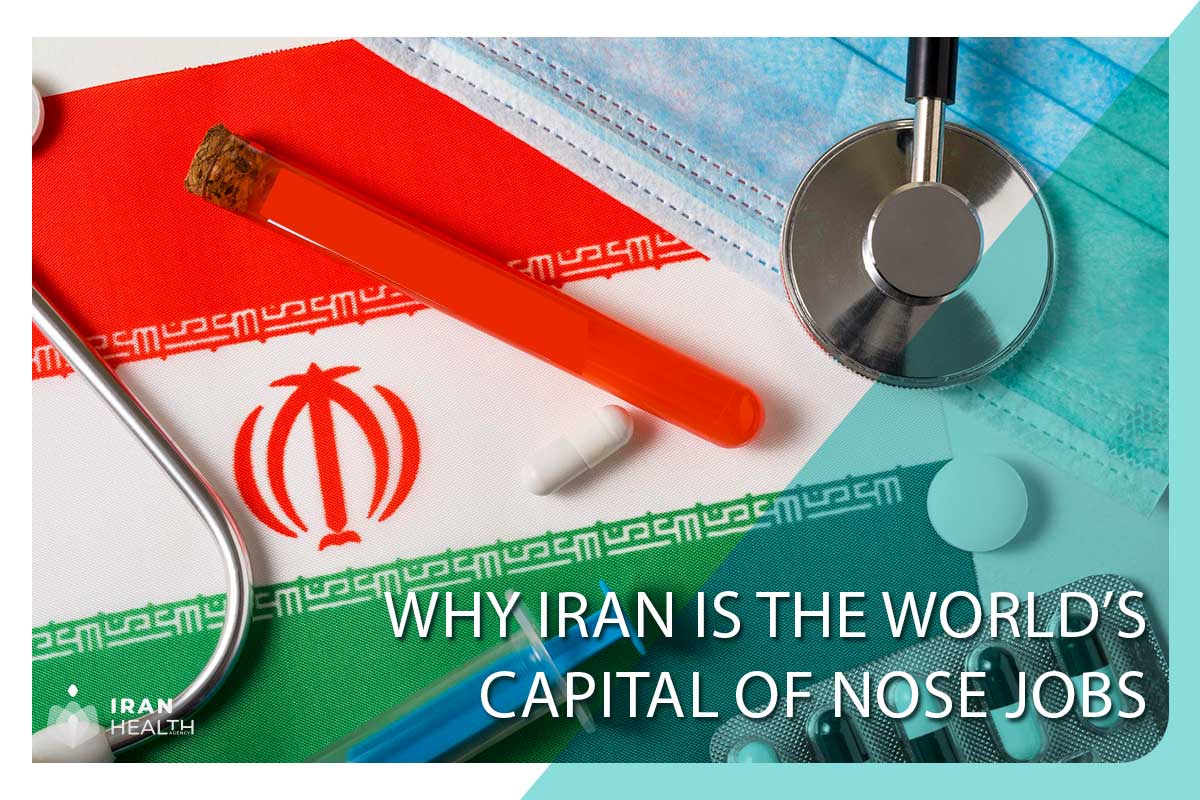Iran has a long tradition and cultural diversity including a unique faith and religion. However, it is also a very strange country that obsessively focuses on appearance, particularly, the shape and size of the nose. Statistics show that Iranians, especially female Iranians, are leading in terms of performing rhinoplasty surgeries. It is a fact that these are the people who frequently undergo rhinoplasty surgery in iran so as to have a perfect “doll face” similar to those seen on
However, why does such a case exist? What makes many Iranians undergo cosmetic surgeries? They then go on to outline, among others, what the challenges and risks are of implementing this.
The social and cultural factors
One of the main factors that drive Iranians to seek cosmetic surgery is the social pressure that they face in a society that values appearance and conformity. Many Iranians, especially women, feel that they have to look good to find a suitable partner, to advance in their careers, or to fit in with their peers. They also feel that they have to conform to the dominant standards of beauty that are influenced by the western media and the Iranian elite.
Another factor is the cultural influence of the ancient Persian civilization, which had a strong emphasis on aesthetics and art. Iranians have inherited a sense of pride and admiration for the classical features of the Persian face, such as the prominent nose, the almond-shaped eyes, and the oval face. However, some Iranians feel that their natural features do not match these ideals, and they resort to cosmetic surgery to correct them.
A third factor is the personal preference and choice of the individual. Some Iranians simply want to improve their self-esteem and confidence by enhancing their natural beauty. They see cosmetic surgery as a way of expressing their personality and identity, and they do not care about the opinions of others. They also see cosmetic surgery as a way of taking advantage of the benefits of modern technology and science, and they do not see anything wrong with it.
The challenges and risks
However, cosmetic surgery in Iran is not without its challenges and risks. One of the challenges is the high cost of the procedure, which can range from £1,100 to £2,200 for a nose job, depending on the surgeon and the hospital. This is a huge amount of money in a country where the average monthly income is about £275. Many Iranians have to save for years, borrow money, or sell their assets to afford cosmetic surgery.
Another challenge is the low quality and regulation of the cosmetic surgery industry in Iran. There are only 157 licensed cosmetic surgeons in Tehran, but there are about 7,000 people who perform such operations, some of whom are not even doctors. This means that many Iranians are exposed to unqualified and inexperienced surgeons who may use outdated or unsafe techniques and equipment, or who may perform unnecessary or excessive surgeries.
A third challenge is the possible dissatisfaction and regret with the results of the surgery. Many Iranians have unrealistic expectations about the outcome of the surgery, and they may end up with a nose that does not suit their face, their ethnicity, or their personality. They may also face complications, such as infections, bleeding, scarring, or breathing problems. Some Iranians may even develop a psychological addiction to cosmetic surgery, and they may undergo multiple operations to fix or improve their previous ones.
The conclusion
Cosmetic surgery in Iran is a complex phenomenon that reflects the contradictions and tensions in Iranian society. It is a manifestation of the desire for freedom, individuality, and modernity, but also of the influence of tradition, religion, and politics. It is a source of empowerment, happiness, and beauty, but also of insecurity, pain, and danger. It is a personal choice, but also a social and cultural phenomenon.



